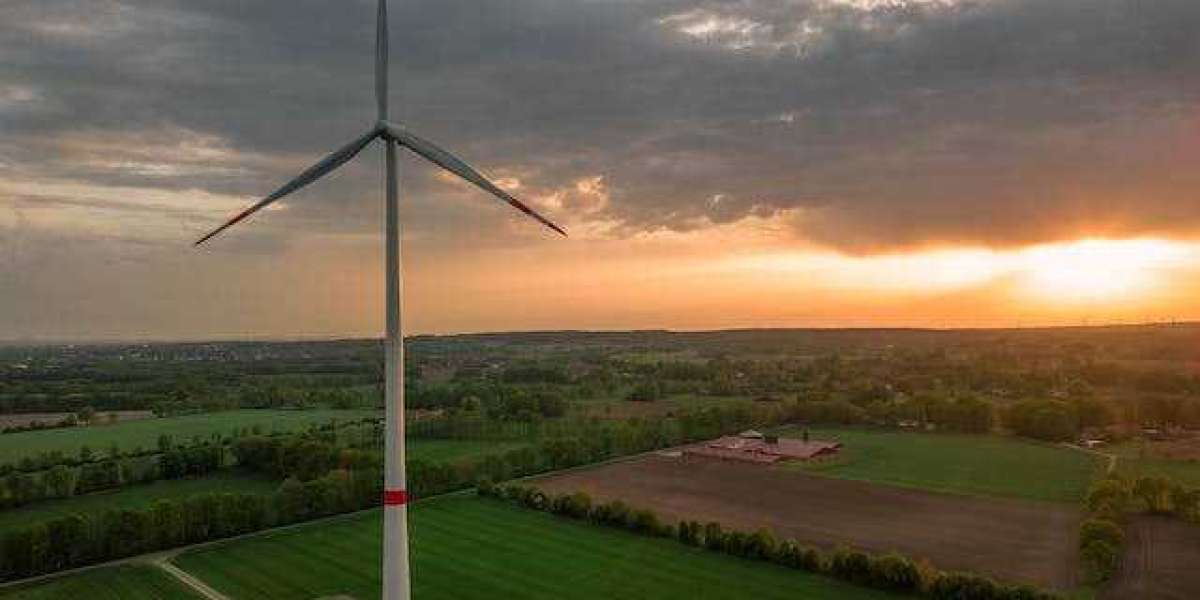1. Introduction
Politicians Michael Daley and Gladys Berejiklian have been embroiled in a contentious dispute over the School Strike 4 Climate demonstrations, according to current reports. This conflict brings to light contrasting opinions regarding the role that students should play in promoting climate action and ignites a discussion about the relationship between activism and education in tackling environmental problems. The divergent positions of Daley and Berejiklian have highlighted the importance of youth-led movements and the way in which policymakers listen to student opinions on urgent global issues like climate change.
2. Background on School Strike 4 Climate Protests
Greta Thunberg, a teenage environmental activist from Sweden, started the School Strike 4 Climate movement in August 2018. Thunberg initiated the movement by refusing to attend class every Friday in order to demonstrate in front of the Swedish parliament and call for more aggressive climate change legislation. This act of civil disobedience attracted international attention very fast, motivating students to take part in similar strikes to draw attention to the pressing need for climate action.
The main goal of the School Strike 4 Climate demonstrations is to pressure decision-makers and the government to enact significant legislation to mitigate the effects of climate change. Students taking part in these strikes are demanding bold, quick steps to cut carbon emissions, switch to renewable energy, save biodiversity, and shield vulnerable people from the effects of climate change. The movement seeks to hold leaders responsible for their environmental policies and to promote systemic change in the direction of a sustainable future by uniting student voices on a worldwide scale.
3. Perspectives of Daley and Berejiklian
Daley, a passionate advocate for taking action against climate change, has expressed support for the School Strike 4 Climate demonstrations. He thinks that young people are crucial in influencing legislation that fight climate change and that these protests are vital in spreading awareness of the pressing need for environmental protection.
However, Berejiklian is worried about the disturbances brought about by the School Strike 4 Climate demonstrations. Although she agrees that addressing climate change is important, she contends that these types of demonstrations can have an adverse effect on students' education and present logistical difficulties for parents and schools. Berejiklian places emphasis on striking a balance between advocacy and preserving a classroom atmosphere that is conducive to learning.
4. Public Reaction and Media Coverage
The public's response to Daley and Berejiklian's divergent views on the School Strike 4 Climate demonstrations has been uneven. Michael Daley's admirers often hail his outspoken backing of the student-led movement and his progressive approach to climate action. However, Gladys Berejiklian's supporters value her emphasis on making sure children put their education before taking part in rallies during school hours. Some see her strategy as a sensible way to handle academic obligations.
The positions of Daley and Berejiklian over the School Strike 4 Climate problem have received a great deal of media attention. Michael Daley's support for young activists and his readiness to speak with the next generation about climate change issues have been emphasized by the media. This has helped him establish a reputation as a leader who respects and acknowledges the voices of young people when they speak out on environmental issues.
The media, on the other hand, has reacted differently to Gladys Berejiklian's viewpoint. Although some media sources have attacked her for forbidding students to participate in protests, others have applauded her for placing a high value on education and highlighting other opportunities for students to have an effect outside of the classroom. The way that both leaders have approached addressing climate change activism in the context of education policy has been nuancedly portrayed in the media.
Public opinions of the opposing viewpoints of Daley and Berejiklian regarding School Strike 4 Protests against climate change serve as a window into a larger social discussion about how environmental protection and educational goals should coexist. The way that these narratives are shaped, how various viewpoints are highlighted, and how to best handle climate change advocacy in educational contexts are all greatly influenced by media coverage. These conversations have consequences for young activists hoping to be heard in the battle against climate change as well as for political leaders.
5. Conclusion
In summary, the discussion between Mayor Daley and Premier Berejiklian on the School Strike 4 Climate demonstrations has brought to light divergent perspectives regarding the involvement of kids in activism. Premier Berejiklian is in favor of kids' being able to participate in real-world concerns like climate change, whereas Mayor Daley stresses the value of education and learning within school walls.
Mayor Daley is in favor of alternate strategies for student involvement because he is concerned about disruptions to the educational process and possible safety hazards during protests. However, Premier Berejiklian agrees that action on climate change is urgent and believes that student activism can be a strong force for change.
The divergent viewpoints highlight a larger rift in society on the most effective ways to combat climate change. Political heavyweights such as Daley and Berejiklian have the power to affect not just policy choices but also the public conversation around environmental issues and activism. How future generations view their capacity to bring about change through grassroots movements and civic engagement may be influenced by the conclusion of this discussion.



